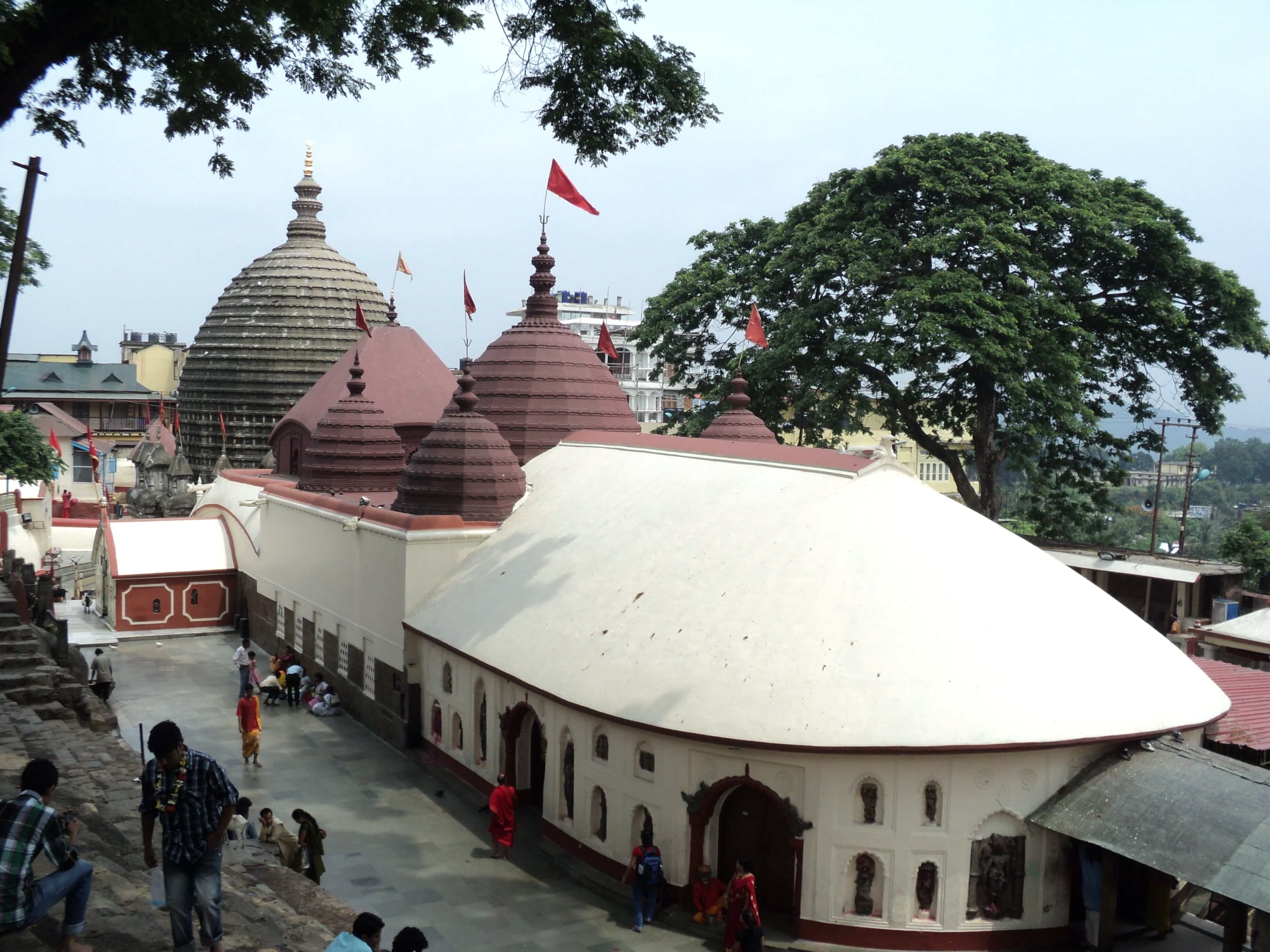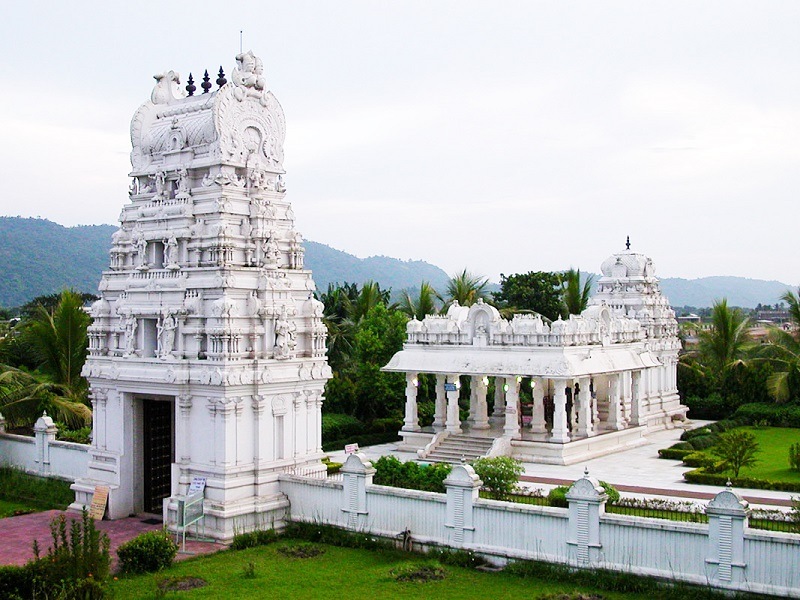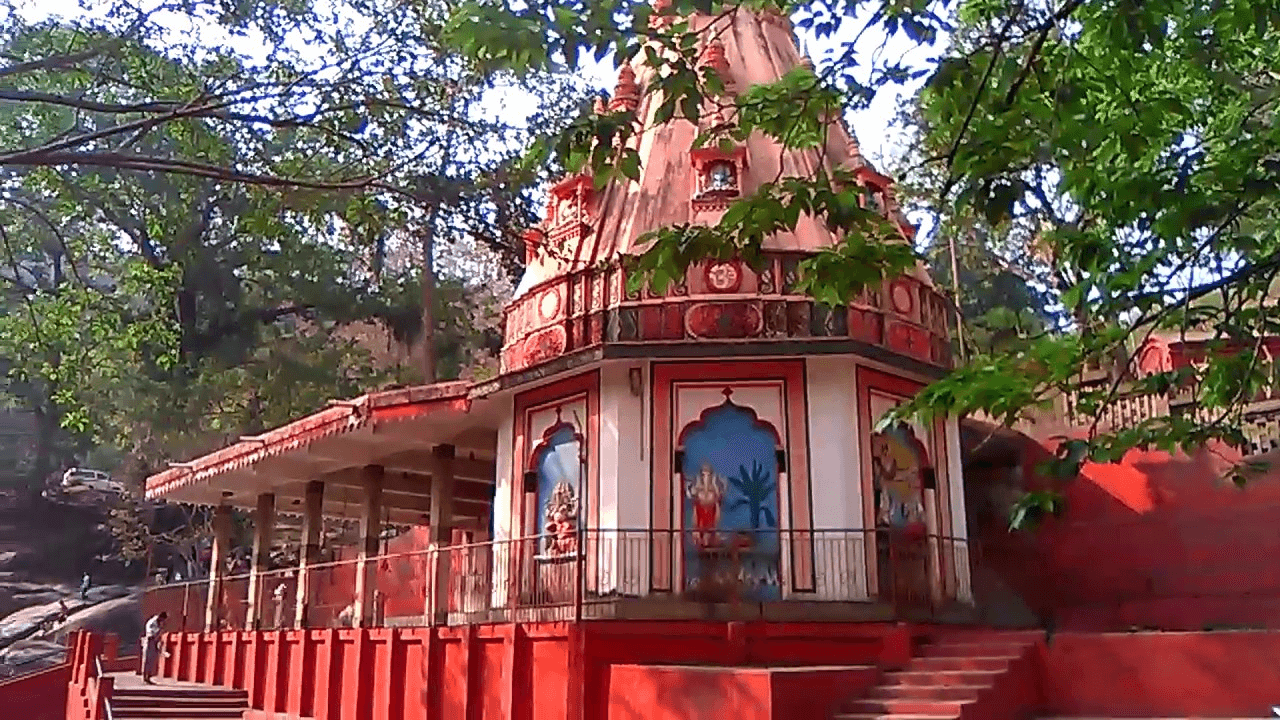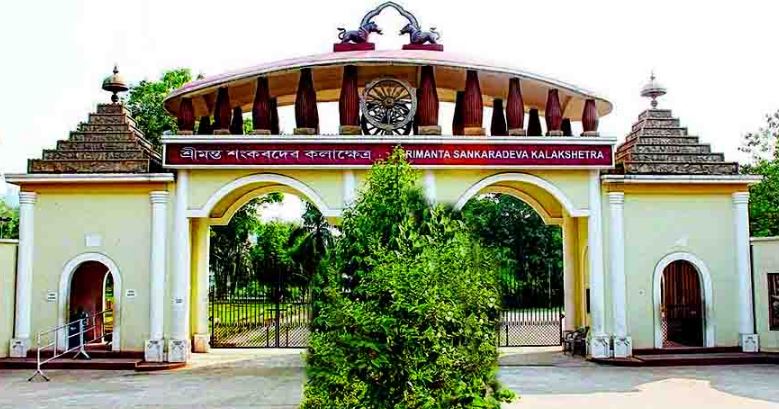Guwahati is a city in India, often considered to be the gateway to the north-eastern part of the country. A Guwahati suburb, Dispur, is the capital of the Indian state of Assam. The city is between the southern bank of the Brahmaputra river and the foothills of the Shillong plateau. It is also the home to the Institute of Technology, Guwahati.
The name Guwahati is derived from two Assamese words: guwa (betel nut) and hut (market place). It was situated midway between two powerful kingdoms: the Ahom and the Koch kingdoms. Later when the Koch regions were overrun by the Mughals, Guwahati would intermittently be the seat of a forward Mughal commander. Neither the Mughals nor the Koch could maintain power at Guwahati, however, and it became better known as the seat of the Borphukan, the civil and military authority of the region appointed by the Ahom king.
There is another story of where the name Guwahati had come from. This city is surrounded by hills and from the top, it looks like a cave (Guha in Assamese). Many people believe the name was Guwahati which later took the form of Guwahati (under British dynasty) and then changed to Guwahati.
Geographically, Guwahati straddeles the valley of the river Bharalu, a small tributary of the river Brahmaputra. It is surrounded by hills, except where the Bharalu discharges into the Brahmaputra. To its west the Nilachal hill is said to be the home of the goddess Kamakhya, a shakta temple. In the past, this was an important seat of tantric and Vajrayana Buddhism. To the north, on top of Chitranchal hill, is the Navagraha (nine planets) temple, a unique astrological temple. To the south of the city lie the Narakasur hills, named after a legendary king of ancient Assam. An ancient name of this city is said to be 'Pragjyotishpur'.
Guwahati today is important because it is close to the seat of power in Assam, is a commercial centre, and is the node that connects six other north-eastern Indian states of Arunachal Pradesh, Nagaland, Manipur, Mizoram, Meghalaya and Tripura.
The Ambari excavations trace habitation in the city to the sixth century. Epigraphic sources place capitals of historical kingdoms, like, Pragjyotishpurnagara, in the Guwahati area. Guwahati was a Mughal administrative and military centre for lower Assam, and it became the seat of the Borphukan, the Ahom viceroy for the western part of the Ahom kingdom.
There are a number of historical features in Guwahati. The Dighalipukhuri is a rectangular lake that was connected to the Brahmaputra, and was probably dug for naval reasons by the Ahoms.
Guwahati iswell connected by air, train and road with the rest of the country. There are direct train services to and from New Delhi and Kolkata with connectivity to mumbai, Chennai, Bangalore, Kochi, Thiruvananthapuram and Jodhpur etc.
Guwahati is well connected by air with New Delhi, Kolkata, Mumbai and Chennai. Air Lines like Indian, Sahara and Jet Airways operate regular flights to Guwahati. The other towns to which these airways operate flights are Jorhat, Dibrugarh, Tezpur, North Lakhimpur and Silchar. Air India operate direct flight between Guwahati and Bangkok on Mondays and Thursdays.
A network of National Highways and other roads connect Guwahati with all the important places of Assam. Both Government and private buses ply from Guwahati to all the major towns of Assam. These buses also ply from Guwahati to the capitals of the neighboring states.

Situated atop the Nilachal hills, the foremost shrine of Assam, Kamakhya is an ancient seat of tantric and shakti cults of Hinduism. A little distance from Kamakhya temple is Bhubaneshwari temple from where one can have a panoramic view of the Brahmaputra river and the city.

This temple with striking south Indian Archtecture is situated about 11 km from the city.Dedicated Lord Venkateswara, Purva Tirupati Sri Balaji Mandir was built in the year 1998. Sprawling over 2 acres, the temple is considered as the replica of the original Tirupati Balaji Temple.

Set in idyllic surroundings about 12 km from the city centre, this ashram was established by Rishi Basistha in the remote past. It is now a pilgrim centre as well as a picnic spot for visitors.

A modern cultural complex situated at Panjabari. Regular cultural events, musical recitals and dance performances are held every weekend.